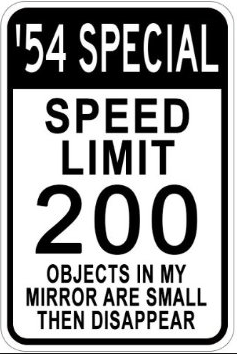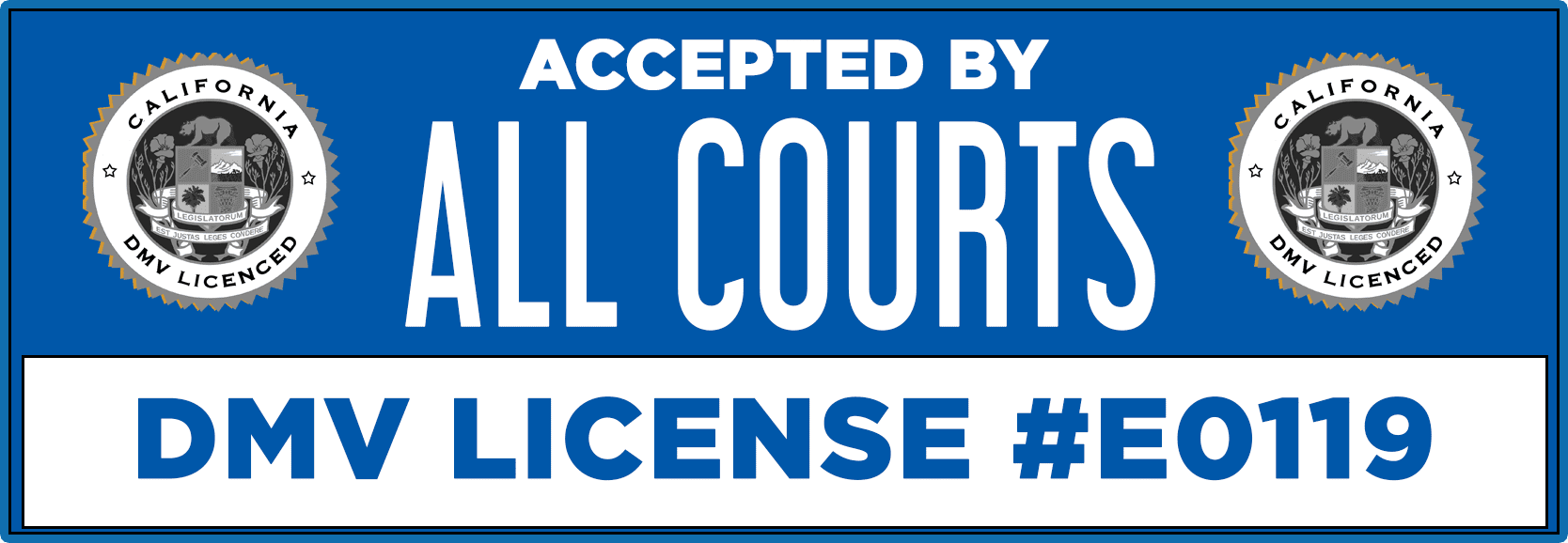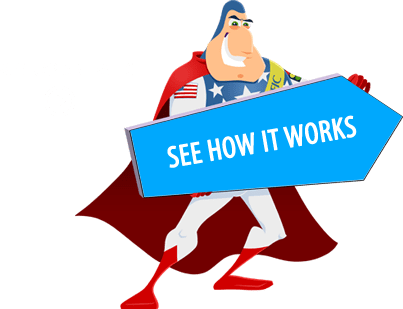
Speed limits are a fundamental part of road safety, guiding drivers to maintain control and prevent accidents in various conditions. However, certain areas require special speed limits to protect vulnerable populations, accommodate complex environments, and ensure the safety of everyone on the road. Whether it’s a school zone filled with children, a busy construction site, or a quiet residential neighborhood, these reduced speed limits play a vital role in keeping both drivers and pedestrians safe. This article explores the various locations where special speed limits are enforced, why they are important, and how they contribute to overall road safety.
Purpose of special speed limits
The purpose of a special speed limit is to enhance safety by adapting the driving speed to specific conditions, environments, or circumstances that present increased risks or unique challenges. Special speed limits are designed to protect vulnerable road users such as children, pedestrians, and construction workers; to accommodate complex driving conditions like sharp curves or limited visibility; and to ensure safe interaction with specific situations, such as school zones, construction areas, or emergency scenes. By reducing speed in these areas, drivers have more time to react to unexpected events, which decreases the likelihood and severity of accidents, protects lives, and promotes a safer environment for everyone on the road.
Importance of Special Speed Limits for Drivers and People Around Them:
- Enhanced Safety for Vulnerable Groups: Protects children, pedestrians, cyclists, and construction workers by providing drivers more time to react and stop if necessary.
- Reduced Risk of Accidents: Lower speeds decrease stopping distances and the severity of collisions, making roads safer for everyone.
- Improved Driver Reaction Time: Slower speeds allow drivers to better assess and respond to unexpected situations, such as sudden pedestrian crossings or changes in traffic patterns.
- Minimized Traffic Disruptions: Helps maintain orderly traffic flow in complex environments like construction zones or toll plazas, reducing the risk of congestion and collisions.
- Protection for Emergency Responders: Reduces the risk of secondary accidents in areas where emergency personnel are working, ensuring a safer environment for responders.
- Preservation of Infrastructure: Lower speeds in areas like bridges and tunnels help prevent damage and prolong the lifespan of these structures.
- Support for Law Compliance: Provides clear guidelines for safe driving behavior, encouraging adherence to traffic laws and reducing the likelihood of violations.
- Environmental and Noise Considerations: Reduces noise pollution and exhaust emissions, especially in sensitive areas like hospitals and residential neighborhoods.
The most common special speed limit sections in CA
Special speed limits are designated for specific areas to enhance safety and adapt to unique driving conditions or environments. These reduced speeds are crucial in protecting vulnerable groups, ensuring the safety of drivers, and maintaining the orderly flow of traffic in situations that present increased risks or challenges.
School Zones
School zones are areas near schools where speed limits are typically reduced to 15-25 mph during school hours or when children are present. These zones are often marked with flashing lights, signage, or specific times indicating when the lower speed limit is in effect. Slowing down in school zones is crucial because children can be unpredictable, often crossing streets without looking for oncoming traffic. Reducing speed helps drivers react more quickly to unexpected movements, such as a child running into the street or crossing at an unmarked location. For example, in many U.S. cities, school zones operate with reduced speed limits between 7 a.m. and 9 a.m. and from 2 p.m. to 4 p.m., times when children are arriving and leaving school.
Construction Zones
Construction zones are areas on roads or highways where speed limits are temporarily reduced, often by 10-20 mph, to ensure the safety of both drivers and construction workers. These zones are typically marked with orange signs, cones, or barriers, and fines for speeding are often doubled to deter violations. Slowing down in construction zones is essential due to the presence of workers and heavy machinery near the roadway, as well as altered traffic patterns that can create sudden stops or lane shifts. For instance, a highway normally posted at 65 mph may have a temporary speed limit of 45 mph in a construction zone. Obeying these limits can prevent accidents and ensure the safety of everyone in the area.
Residential Areas
In residential areas, speed limits are generally lower, ranging from 25 to 35 mph, to protect pedestrians, cyclists, and residents. These areas are characterized by homes, parks, and local streets where children and pets might unexpectedly enter the roadway. Slowing down allows drivers to respond quickly to unforeseen situations, such as a ball rolling into the street followed by a child. For example, in suburban neighborhoods, it’s not uncommon for speed limits to be set at 25 mph, ensuring that drivers have ample time to stop for a family crossing the street or a vehicle backing out of a driveway.
School Bus Stops
School bus stops are areas where drivers must be especially cautious, often requiring them to stop completely when a bus is picking up or dropping off children. Although there is no specific speed limit in these areas, the law mandates that vehicles stop when the school bus’s stop sign arm is extended. This ensures the safety of children crossing the street to board or leave the bus. Drivers must be vigilant and patient, as children may not always be aware of their surroundings. For instance, in most U.S. states, traffic in both directions must stop on undivided roads when a school bus is stopped with its red lights flashing.
Railroad Crossings
Speed limits near railroad crossings are typically reduced, often to 15-20 mph, to allow drivers ample time to observe their surroundings and stop if necessary. Railroad crossings can be dangerous due to the potential for oncoming trains, which cannot stop quickly. Slowing down in these areas provides drivers the opportunity to check for approaching trains, even if the crossing gates are not yet down. An example is a rural crossing where visibility may be limited, making it vital for drivers to slow down and listen for train horns before proceeding.
Pedestrian Crosswalks
Pedestrian crosswalks, especially in busy urban areas, often have reduced speed limits, usually between 15-25 mph. These zones are implemented to safeguard pedestrians who are crossing the road, often at intersections or in high-foot-traffic areas like shopping districts and parks. Slowing down in these areas is important as it allows drivers more time to see and yield to pedestrians, reducing the likelihood of accidents. For instance, in New York City, some busy streets have speed limits as low as 20 mph to protect pedestrians during peak hours.
Hospital Zones
Near hospitals, speed limits may be reduced to 20-25 mph to minimize noise and ensure the safety of patients, staff, and emergency vehicles. Slowing down in hospital zones is critical, as ambulances and other emergency vehicles may be entering or exiting quickly, and patients may be crossing streets. Reducing speed also decreases noise pollution, which is beneficial in sensitive environments like hospitals. For example, a city hospital might be surrounded by signs indicating a speed limit of 20 mph to ensure a calm and safe atmosphere for everyone.
Parks and Recreation Areas
In the vicinity of parks and recreational areas, speed limits are often reduced to 15-25 mph to protect families, children, and other park-goers who may be crossing the street or walking near the roadway. These areas require slower speeds due to the high likelihood of pedestrians, cyclists, and children playing nearby. Drivers are encouraged to be extra cautious, as visibility may be obstructed by parked cars or dense foliage. An example would be a city park where the speed limit is reduced to 15 mph to accommodate the high volume of foot traffic during weekends and holidays.
Alleyways
Alleyways, found in both urban and suburban settings, often have speed limits as low as 10-15 mph due to their narrow width and limited visibility. Slowing down in alleyways is necessary to navigate tight spaces and avoid collisions with pedestrians, cyclists, or other vehicles. These areas are often used for deliveries or as shortcuts, and reduced speeds help prevent accidents in these confined spaces. For example, in many cities, alleyways are clearly marked with speed limits to ensure drivers proceed slowly and with caution.
Business Districts
In downtown or business districts, speed limits are commonly reduced to 20-25 mph to accommodate high pedestrian traffic and frequent stops for deliveries. Slowing down in these areas is essential for avoiding accidents in congested environments where people may be crossing streets at multiple points. Business districts are often bustling with activity, and lower speeds help drivers react to the unpredictable flow of both vehicles and pedestrians. For instance, the speed limit in many downtown areas is set at 20 mph to maintain a safe environment for everyone.
Mountain or Curvy Roads
Mountainous or curvy roads often have reduced speed limits, sometimes as low as 15-30 mph, to account for sharp turns and steep inclines. Slowing down on these roads is crucial for maintaining control of the vehicle and preventing accidents, especially in areas with limited guardrails or visibility. Reduced speed limits help drivers navigate the challenging terrain safely, avoiding hazards such as falling rocks or wildlife. For example, on certain mountain passes, speed limits are reduced to 20 mph on particularly dangerous curves.
Scenic Routes
Scenic routes are often marked with lower speed limits, typically 25-35 mph, to allow drivers to safely enjoy the views and navigate the often narrow, winding roads. These roads are popular for sightseeing, and lower speeds ensure that everyone can take in the scenery without causing traffic accidents. Slowing down also helps protect wildlife and preserve the natural environment. For instance, along California’s Pacific Coast Highway, the speed limit is reduced in many areas to allow for a more leisurely and safe driving experience.
School Bus Yards
School bus yards are areas where buses frequently enter and exit, and speed limits are often reduced to 5-15 mph to protect children and bus drivers. Slowing down in these areas is essential due to the high volume of buses and children present, making sudden stops and starts a common occurrence. Drivers must be cautious and yield to buses entering or exiting the yard. For example, a bus depot may have a posted speed limit of 10 mph to ensure safety for all individuals in the area.
Toll Plazas
Near toll plazas, speed limits are usually reduced to 5-15 mph to accommodate the stop-and-go nature of traffic as vehicles enter or exit the toll lanes. Slowing down in these areas is crucial for preventing rear-end collisions and allowing for safe lane changes. Drivers need to be prepared for sudden stops and to interact with toll booth operators or automated systems. For instance, most toll plazas on major highways will post speed limits of 10 mph to guide drivers through safely.
Bridges and Tunnels
Speed limits on certain bridges and in tunnels are often reduced to 25-45 mph due to the structural considerations and limited visibility. Slowing down helps prevent accidents caused by sudden lane changes, merging traffic, or unexpected conditions such as slippery surfaces. Lower speed limits are especially important in tunnels, where visibility can be limited and there is no shoulder for emergencies. For example, the speed limit in the Lincoln Tunnel between New York and New Jersey is 35 mph to ensure safe passage through the confined space.
Emergency Response Areas
Temporary speed reductions are often implemented around emergency response areas, such as accident scenes or areas where emergency vehicles are present. Speed limits may be reduced to 20-35 mph to allow safe passage for both responders and other drivers. Slowing down in these areas is crucial to avoid secondary accidents and to provide a safe environment for first responders working on or near the roadway. For instance, in many jurisdictions, flashing lights on police or emergency vehicles serve as a signal for drivers to reduce speed and proceed with caution.
Special speed limits are more than just numbers on signs—they are essential safety measures that help protect our communities and make our roads safer for everyone. By understanding and respecting these limits, drivers can reduce the risk of accidents, safeguard vulnerable individuals, and contribute to a safer, more efficient transportation system. Whether in school zones, near construction sites, or along scenic routes, adhering to these tailored speed limits is a simple yet powerful way to ensure that everyone reaches their destination safely. Remember, slowing down in these designated areas is not just about following the law; it’s about being a responsible and considerate driver.





